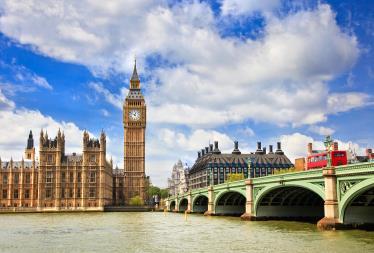The Greater Manchester Pension Fund (GMPF) underperformed other local authorities for the second year in succession, with an investment return of -0.8% for the 12 months to 31 March, compared with an average 0.2% for local authority pension funds as a whole.
Last year, GMPF’s 11.7% return was also less than the 13.2% average for its peer group.
The negative return led to a small dip in GMPF’s assets under management, from £17.6bn (€20.4bn) at the end of March 2015 to £17.3bn at the end of March 2016.
It took long-term annualised returns to 6.8% for the five years, and 5.7% for the 10 years, to the same date.
In the fund’s annual report, its chair, councillor Keiran Quinn, described the return as “disappointing” but said 2015-16 had been an exceptionally challenging year for pensions in general and local authority pensions in particular.
Quinn highlighted the effects of monetary policy on defined benefit schemes, with the UK base rate of interest remaining at 0.5% for a seventh year, together with the continued impact of quantitative easing.
However, he concluded: “GMPF has a long-term successful track record reflected in its funding level and reputation. Our proposed pooling arrangements are designed to ensure this continues.”
GMPF is a member of the Northern pool, one of eight asset pools set up to manage local authority pension fund assets to back infrastructure projects and cut management costs.
In the previous financial year, GMPF awarded new mandates to LaSalle (property) and Investec (global equities) to improve performance, and this policy was continued during 2015-16.
In March this year, three managers – KKR, Oak Hill Advisors and Stone Harbor Investment Partners – were appointed to run a £750m credit framework.
One of these managers has now been appointed to commence its role in the current year, but, as yet, the pension fund has not disclosed the name of the manager.
During 2015-16, positive returns were made by all investment categories except UK and overseas equities.
The fund said substantial returns were achieved in alternatives, property and overseas government fixed interest.
Public equities dominate the fund’s portfolio, with a benchmark asset allocation of 61.5% of assets as at 31 March, compared with 23.5% for bonds and cash, 10% for property and 5% for alternatives.
Equities are split between overseas (58% as benchmark), UK (34%) and global equities (8%).
The fund’s main property portfolio (excluding its balanced property portfolio vehicles) achieved a total return of 10.5% for the 12 months to 31 March, though the benchmark was 13.3%.
Continuing its emphasis on local investment, during the year GMPF embarked on a new £70m development at First Street, Manchester, creating 180,000 sq ft of office space, in a joint venture with Patrizia, through the Greater Manchester Property Venture Fund, its property development arm.
GMPF has also – together with two other local authority pension funds – set up a programme of lending and providing equity capital to small and medium-sized enterprises in north west England.
Meanwhile, the target allocation to infrastructure, via new commitments to specialised funds, was boosted to an average £120m per year.
The current realistic benchmark allocation for private equity is 2.5%, and for infrastructure, 1%, with target allocations of 5% and 4%, respectively.











No comments yet